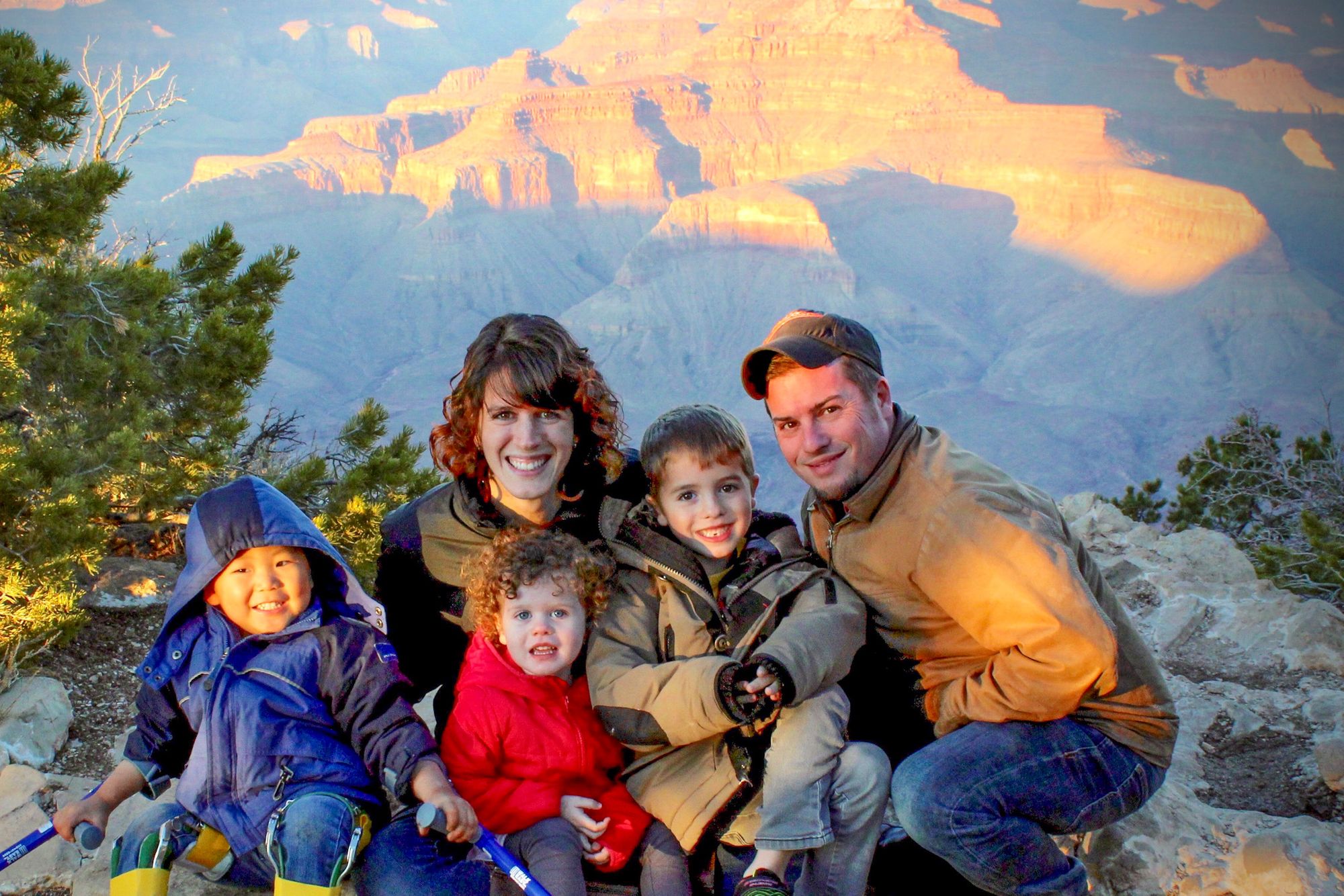Jennifer Allen, a special needs mom and disability travel blogger, shares her tips for planning wheelchair-accessible family vacations. For those traveling with a disability, HomeExchange has a "disabled access" search filter to use when finding vacation accommodations, so you can browse more than 13,000 homes that have been labeled as accessible.
People with disabilities make up about 20% of the U.S. population, so why is it that the only place we encounter disabilities in this proportion is on a hospital campus?
I have a theory that it’s because the lack of accessible or inclusive environments makes it so daunting to get out.

As the mom of a wheelchair user, I understand the complications of planning accessible family trips. I also understand the value in doing it, anyway! It’s important because your child needs to know they are worth the extra effort. It’s important because in navigating how to make it work now, you’re teaching your child how to navigate independently in the future.
It’s important because when you’re a traveler, getting out to explore feeds your soul and gives you life. Your family will be healthier, happier, and gain all of the other benefits that come from travel, like confidence, compassion, and an understanding of different cultures - because you did the hard work. Worth it.
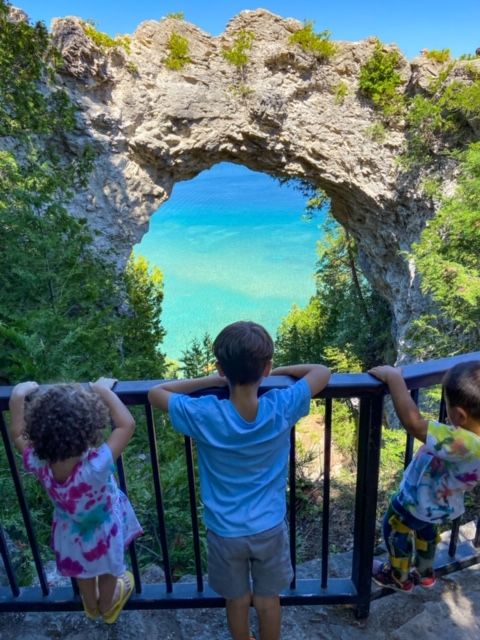
So? Where do we begin?
When we first found out that our middle child would never walk, we had to do some mental adjusting. I envisioned the five of us being trapped in the playroom for the rest of our lives... I may be a bit dramatic. I was scared and overwhelmed and completely unprepared to think about going to the store, no less to the airport. Let’s start here - in that place that we struggle to move from. My examples are all based around physical mobility impairments, because that’s my experience, but most of these steps apply to other disabilities, as well.
Identify what’s holding you back
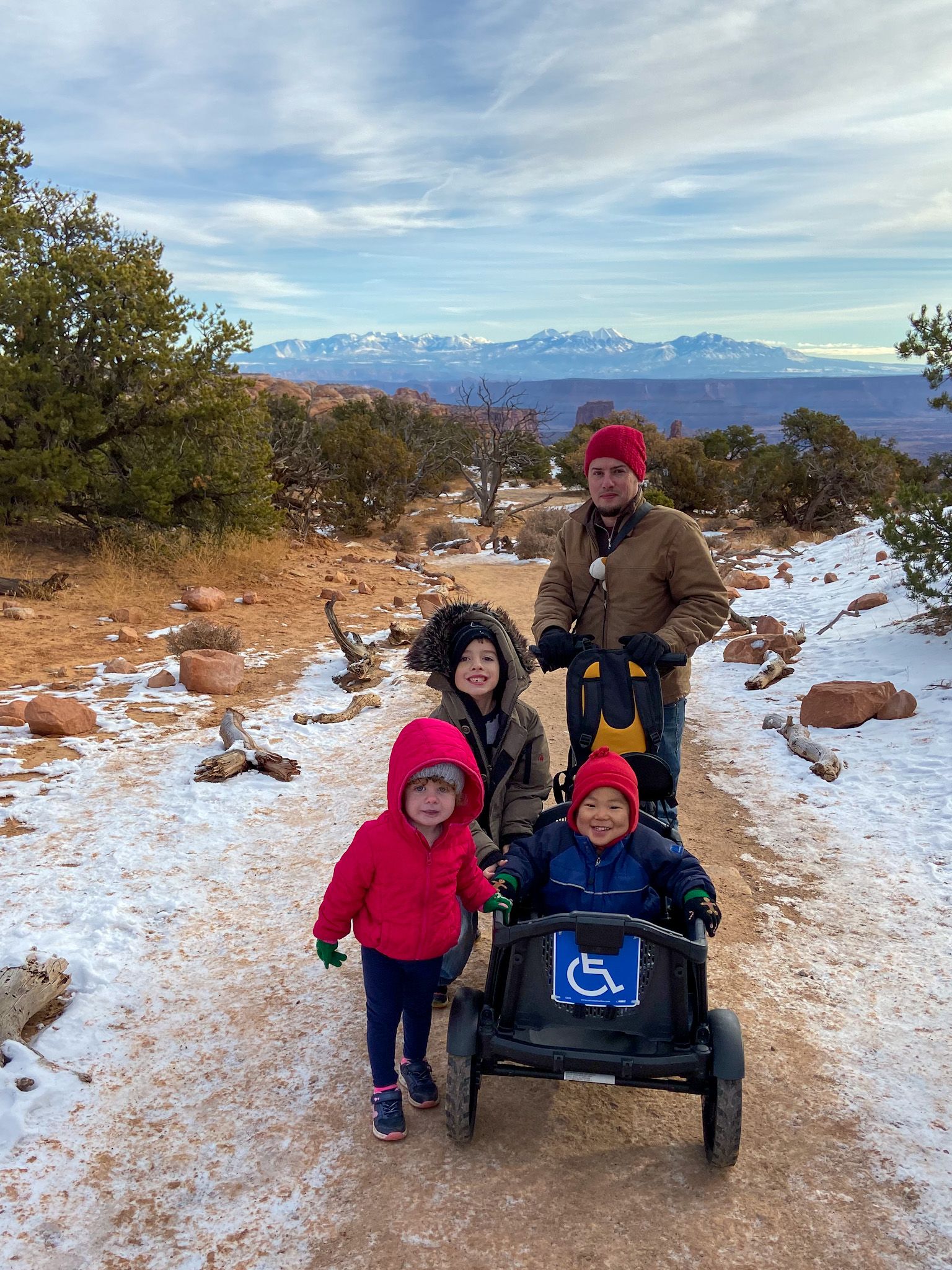
This may sound silly, but it’s not. I was overwhelmed by unknowns precisely because they were unknowns. Instead of feeling a pile of fear, give each fear a name so you can call it as it is! Most of my fears were actually pretty tiny. The first one that needed to be handled was how to get around. My son can’t walk. When this was new, it was daunting and I wasn’t sure how to maneuver through the world. Once I named that fear, it was a lot easier to look for solutions.
Ask how to overcome those obstacles
We started small. Before any big travel goals, we just wanted to hike. So, we needed a way to get someone who couldn’t stand on his own through a trail. My first thought was some really rugged wheels. I started to research… and this is the step when everything becomes less daunting…
News flash: you’re not the first person to plan a trip with a disabled person. In fact, chances are high that whatever your obstacle is, someone has not only faced it, but conquered it. Did you know people have been living with all sorts of disabilities for thousands of years? You’re not as alone as you feel. Humble yourself and ask. I felt goofy asking how to hike with a child with disabilities. The world of wheelchair users and accessible travel was totally foreign to me. I legitimately didn’t know if hiking would be possible (of all the silly things!). Turns out, it was an easy fix.
Not sure who to ask? Start with Google! Then try a Facebook group – there’s one of those for just about everything, including trip planning for people with disabilities. I’m in a special needs parenting group, as well as one specific to my son’s diagnosis. We’ve found a lot of great resources that have helped us to explore. Just look! Other great resources are therapists, doctors, and social workers – these people know things!
Choose any destination, but shift your expectations
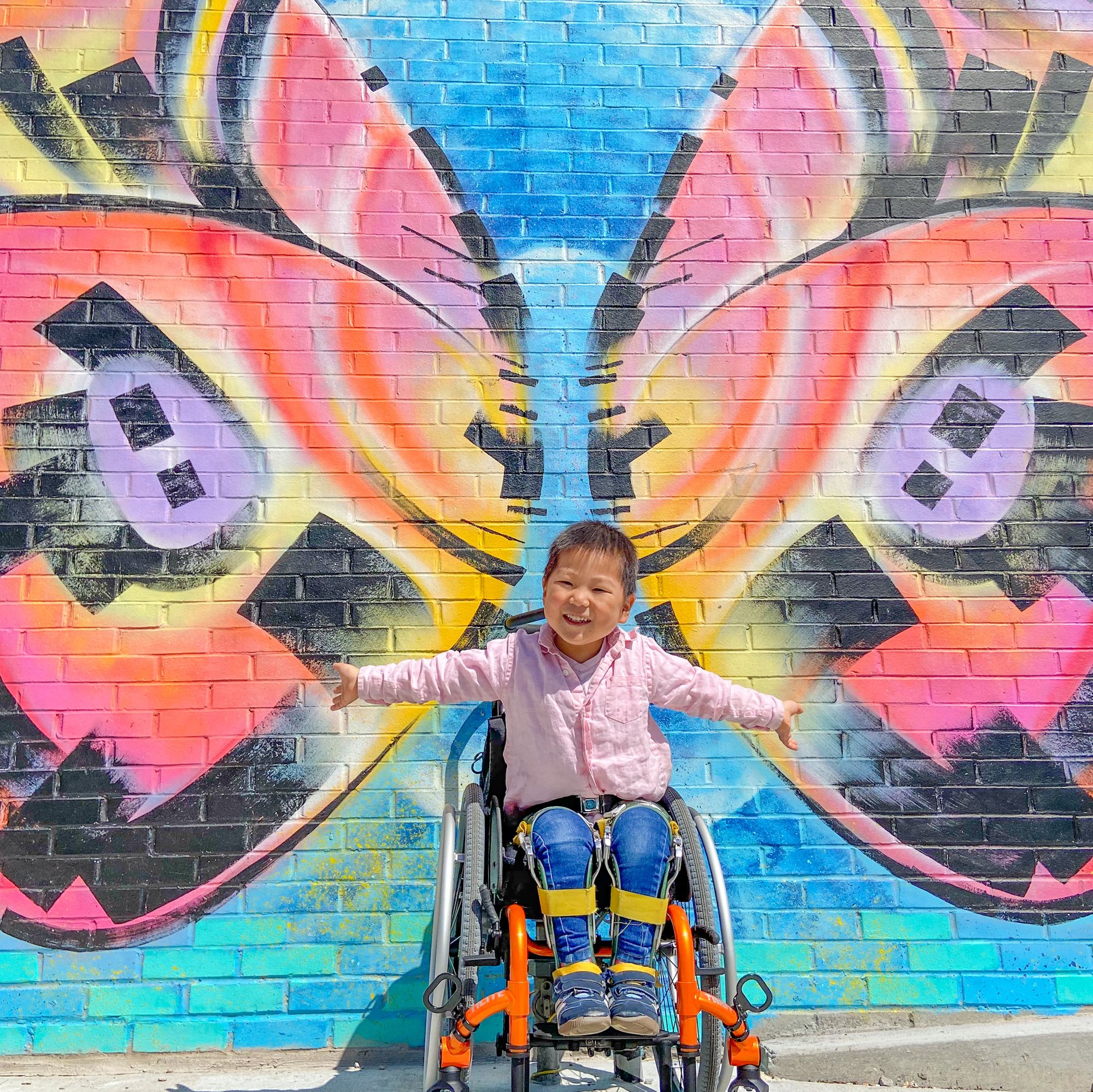
Not lower. I didn’t say lower. Just shift. Go ahead and start pinteresting your bucket list vacation. You can have a great holiday for disabled people anywhere in the world, and you can enjoy it. Once you’re there, there might be a trail you have to skip, or a restaurant you can’t dine in (hello, take out!), or an issue or meltdown that makes you miss a tour. My oldest son got sick the day we were supposed to tour the Great Wall. We missed it. We still enjoyed Beijing, and the rest of our time in China, but we’ve never seen the Great Wall. Travel is different for us, because life is different for us! Embrace it.
Whatever life looks like with your family at home is not so different on the road. You know what obstacles you’ll face, but why not face them at the Taj Mahal instead of your living room? So take out that dream vacation list you threw in a box in the attic, pick a destination, and start planning your holiday!
Research what the obstacles are here
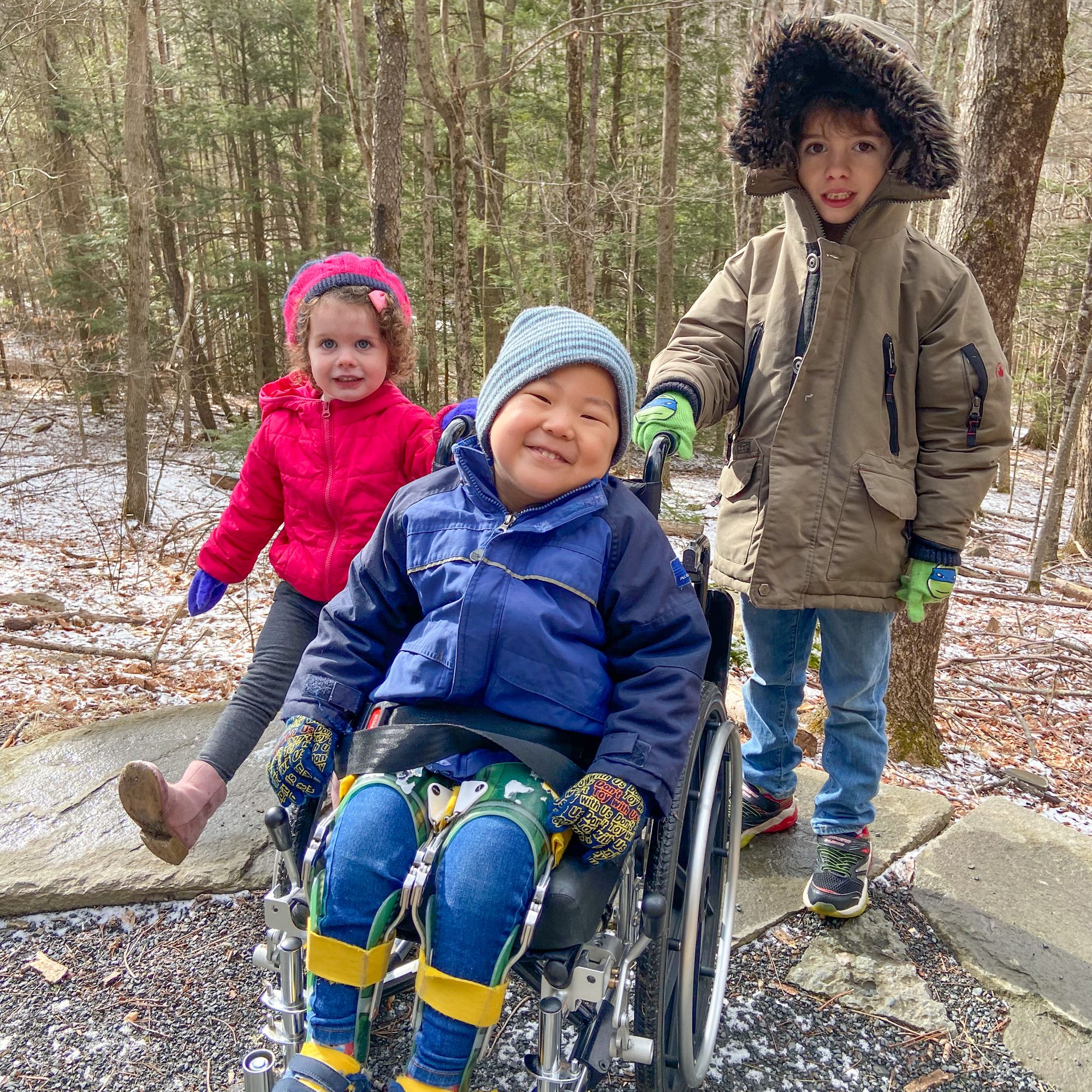
After I do the typical research of “best of _______ with kids” and other searches through Instagram or Pinterest or google, and I have my list of what we want to see, I identify where the issues lie. Will there be steps? Will there be sand? Will it be crowded? Will there be bathrooms? Will it be loud? For many locations you can search “wheelchair accessible (location name)” and find that someone has already mapped the possibilities for you!
Identify your obstacles for each stop of your trip - location, attractions, restaurants, lodging, etc.. You can’t just show up at a museum, however renown, and assume that they’ll be inclusive.
Call ahead
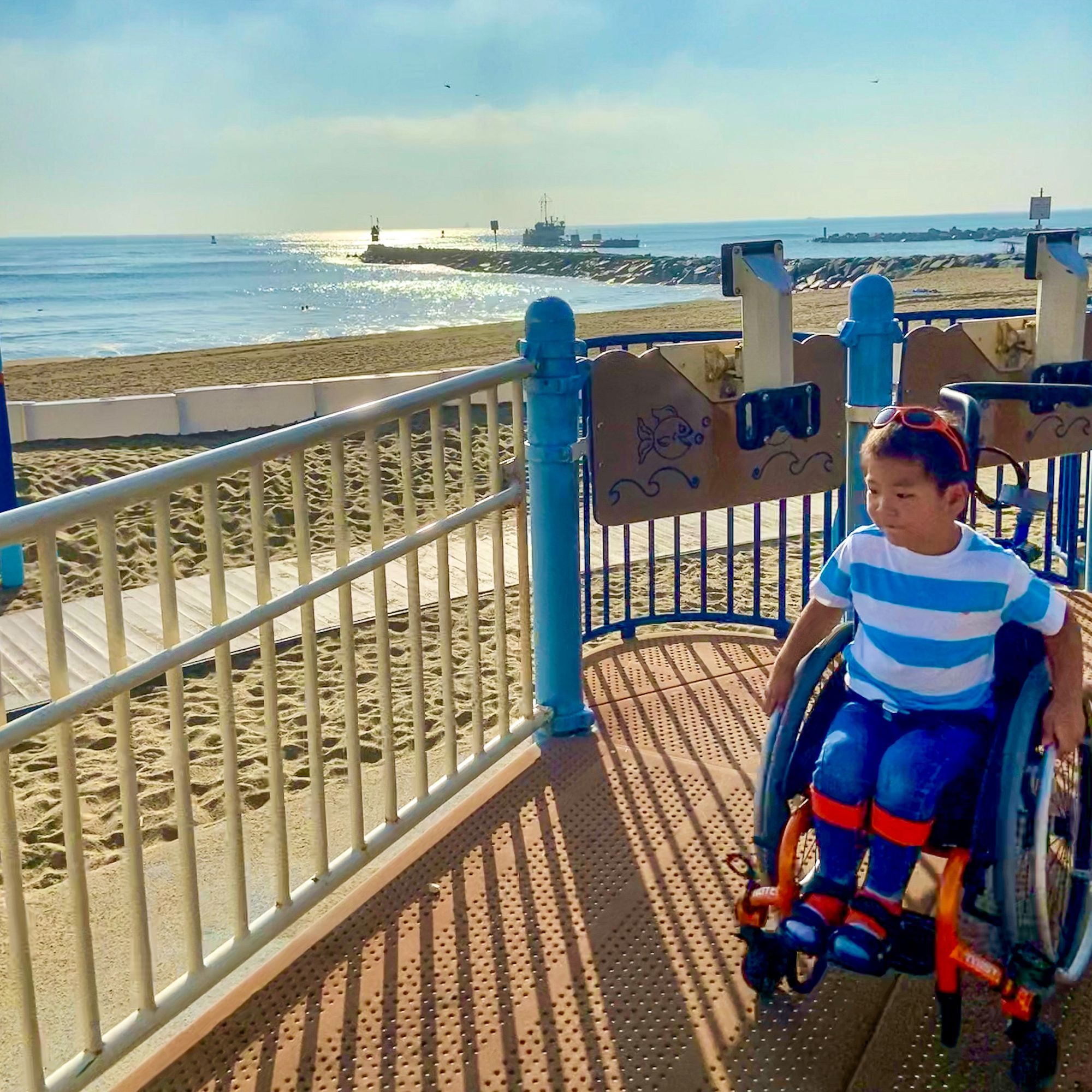
Many places will include accessibility information in the “Plan Your Visit” tab. An alarming number of places will not. I hate phone calls, but they’re often essential to a great trip. If the website doesn’t detail all you want to know about a wheelchair friendly visit, call and ask. Even if the website covered your questions, call before you go to make sure nothing has changed. Ask to speak to someone who knows about accessibility or inclusion (never say “inclusive” – vacation people think you want them to throw in freebies, like a resort). Use specific questions. For example, “Do you have an elevator to this exhibit?” not, “Is it wheelchair accessible?” People don’t know what “wheelchair accessible” means, and it scares them.
Once you arrive, check in with visitor information. They always know more than whomever answered the phone. This is especially true if it’s a whole city, town, or national park that you’re getting information on. The person at that desk knows more than whatever you were able to find online and over the phone.
Just remember: ask for whatever it is that your family needs. Even if you think it’s something they don’t offer or can’t accommodate: ask. It can’t hurt, and you’ll never know if you don’t try. People have the ability to make the most inaccessible places inclusive for all - but they need to be given the opportunity.
Be flexible
You’ve successfully planned your wheelchair accessible family trip. You’ve put the time in to create a way where there seemed to be no way. Most of your bucket-list items will be absolutely brilliant and SO worth it. Some of them… not so much. Things happen. Keep in mind that you are traveling with your family because you value the time together and the things they gain from the experiences. Trust me, they’ll gain just as much from your response to catastrophe as they would from that museum you couldn’t visit because the elevator was out of order. Take a deep breath and ENJOY all the amazing things you can do as a family.
Jennifer Allen is a special needs mom and top ten disability travel blogger at Wonders Within Reach. After learning that her middle child would never walk independently, she realized that exploring the globe was going to look a little different. Now she works to inspire and enable other special needs families to get out and explore, and to raise disability awareness.
